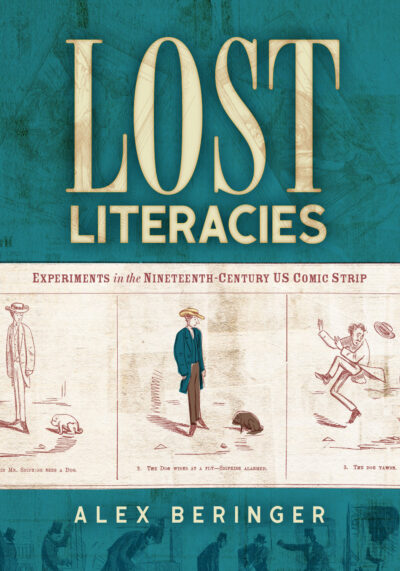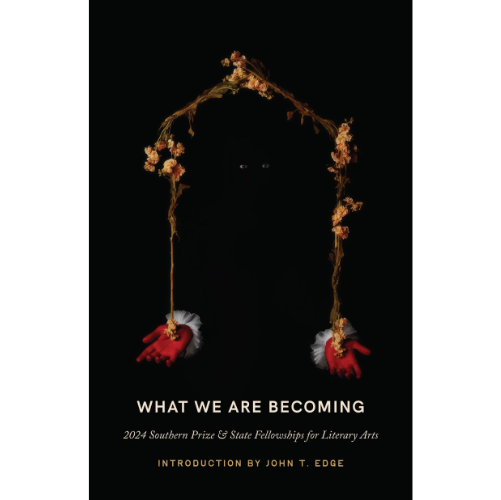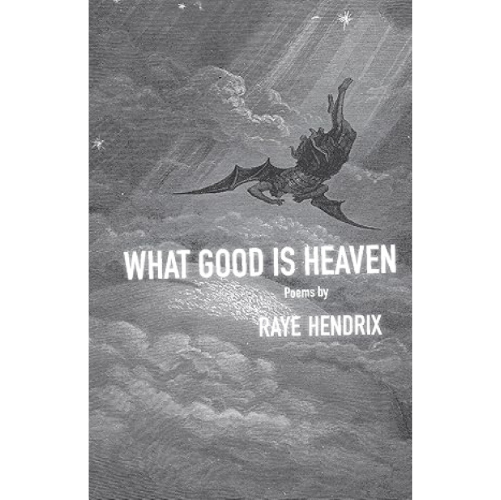Lost Literacies: Experiments in the Nineteenth-Century US Comic Strips
By Alex Berringer
The Ohio State University Press, 2024
Paper, $36.95
Genre: Nonfiction
Reviewed by Bill Plott
 When The Birmingham News announced its impending abandonment of print editions, two concerns expressed most by readers were the loss of obituaries and the loss of comic strips. Fortunately, there are internet presences such as GoComics.com and ComicsKingdom.com that provide fans with unlimited access to the latter at reasonable costs.
When The Birmingham News announced its impending abandonment of print editions, two concerns expressed most by readers were the loss of obituaries and the loss of comic strips. Fortunately, there are internet presences such as GoComics.com and ComicsKingdom.com that provide fans with unlimited access to the latter at reasonable costs.
That scenario hints at the importance of comic strips in American culture for more than a century. There are few people without some presence of Charles Schultz’s Peanuts in their lives. Generations have shared the daily lives of Blondie, Beetle Bailey, and The Phantom, whose weekly strips sometimes engaged readers with anticipation much like reality television.
Lost Literacies traces the roots of sequential art, i.e., comic strips, back much further than the early 20th century work of such artists as Richard Outcault, George Herriman, and Rudolph Dirks in the colorful Sunday newspaper comics sections.
A University of Montevallo English professor, Beringer says in his introduction that research for a “breezy little article on nineteenth century comics,” fueled by happy recollections of childhood visits to a comics store, resulted in a plethora of discoveries about the genre.
This extensively researched volume is a must for two groups of scholars on perhaps opposite sides of the same center. First, it is a history of graphic communication for those seeking historical evolution and perspective. Then it is a treasure trove of antiquities for those who love comic strips simply for what they are: entertainment, often with meaningful philosophical underpinnings.
Beringer bridges the gap between those early precursors, laying out some of the parameters of sequential art later explored in great depth by modern cartoonists Will Eisner and Scott McCloud.
His rediscovery of the Swiss artist Rodolphe Topffer, arguably the “The Father of the Comic Strip,” is important because he was the first artist to “popularize the practice of dividing his panels into distinct, sequential events.” Although one scholar described Topffer’s style as “herky jerky,” lacking the fluidity of modern comics, it nevertheless tells the story in a sequence of panels.
Using this style, Topffer presented stories of gentile European characters who very quickly were transformed into robust, often blustery frontier types in America. The sequential art form quickly became universally popular. It was copied, expanded, and subject to much experimentation. Its hold on the reading public is shown in the characters Obadiah Oldbuck and Bachelor Butterfly. They became so popular that the names “served as shorthand for romantic and pastoral figures throughout the second half of the nineteenth century.” It is an early lesson for those who would be dismissive of the cultural value of comic strips. For example, in the 20th century, in Al Capp’s L’il Abner an event called Sadie Hawkins Day became a springtime ritual on many college campuses. Such comic strip characters as Little Orphan Annie, Dick Tracy, Buck Rogers, and Flash Gordon morphed into popular radio programs, and some even into television series and films.
If the old saw imitation is the sincerest form of flattery is accepted, then American illustrators and magazines carried it to maximum extent. And yet it was arguably American newspapers that made it possible for the comic strip to not only thrive but pave the way for animated cartoons, graphic novels, anime, manga, and web comics. As Berringer points out numerous times, American artists and magazines were not remotely embarrassed about stealing from Europeans and certainly not concerned about identifying or compensating those individuals.
As this new communication device developed and expanded, Berringer compares the 1850s and 1860s to be not unlike the “comix” explosion of the 1970s when such unconventional artists as Allison Bechtel (“Beware of Dykes Like These”) and Robert Crump (“Mr. Natural”) were breaking boundaries with their strips.
One of the highlights of Lost Literacies is the scores of illustrations supporting Berringer’s findings. Through these we get a glimpse at the work of artists like Frank Bellew, John McLean, and Felix Octavius Carr Darley.
If there is a shortcoming here, it is in the size of some images. For example, in David Claypool Johnson’s “Trollopania” the images and text are so small that not even a strong magnifying glass renders them totally viewable. Likewise, “The Celebrated Racer de Meyere,” a satirical look at Austrian pianist Leopold de Meyer’s United States tour is heavy on text material and could have benefitted from a larger reproduction. A fascinating puzzle-solving comic of 1858, “Archaeological Intelligence,” must be viewed only through the author’s narration and interpretation. The text material is too small for the modern reader to experience the cleverness of the original artwork first hand. The fault here is not with the author but rather the publisher. Repositioning and enlargement would have saved some of the images.
Yet Beringer has made an important contribution to comic strip history. Lost Literacies will bookend nicely with Allan Holtz’s encyclopedic American Newspaper Comics. Between them can be found the sequential art studies of Will Eisner and Scott McCloud. As for examples of the comic strip’s development in America, there is no better reference than The Smithsonian Collection of Newspaper Comics by Bill Blackbeard and Martin Williams.
Bill Plott is a retired journalist and author of several books including The Negro Southern League, A Baseball History, 1920-1951 (McFarland, 2015) and Black Baseball’s Last Team Standing, the Birmingham Black Barons, 1919-1962 (McFarland, 2019).






Leave A Comment
You must be logged in to post a comment.